This is the time of year people notice fields and ditches on fire, and those new community members often wonder “what the heck is going on and why is no one noticing.”
Agricultural burning is a generally accepted farming practice used by farmers and wetlands managers to reduce crop residue, stimulate yield, control diseases, reduce unwanted plant species, and otherwise maintain the productivity of lands.
The practice of burning is applied to canals and ditches (open channels) to reduce or eliminate the presence of unwanted plant species that draw from the water supply and choke water flow intended for all beneficial uses –including agriculture.
Important to all water users is the concept of “head pressure.” Impediments to water flow, such as weeds in a channel, reduce water velocity and its associated pressure at a delivery gate -making irrigation slow and inefficient. The build-up of weeds and debris in open channels causes overtopping as well as mad neighbors.
Moreover, no one wants channels serving as delivery conduits for the seeds of unwanted plants that will end up growing on roadsides or fields. Burning serves to cleanse delivery structures and creates the beautiful fields that we all appreciate in the “Oasis of Nevada.”


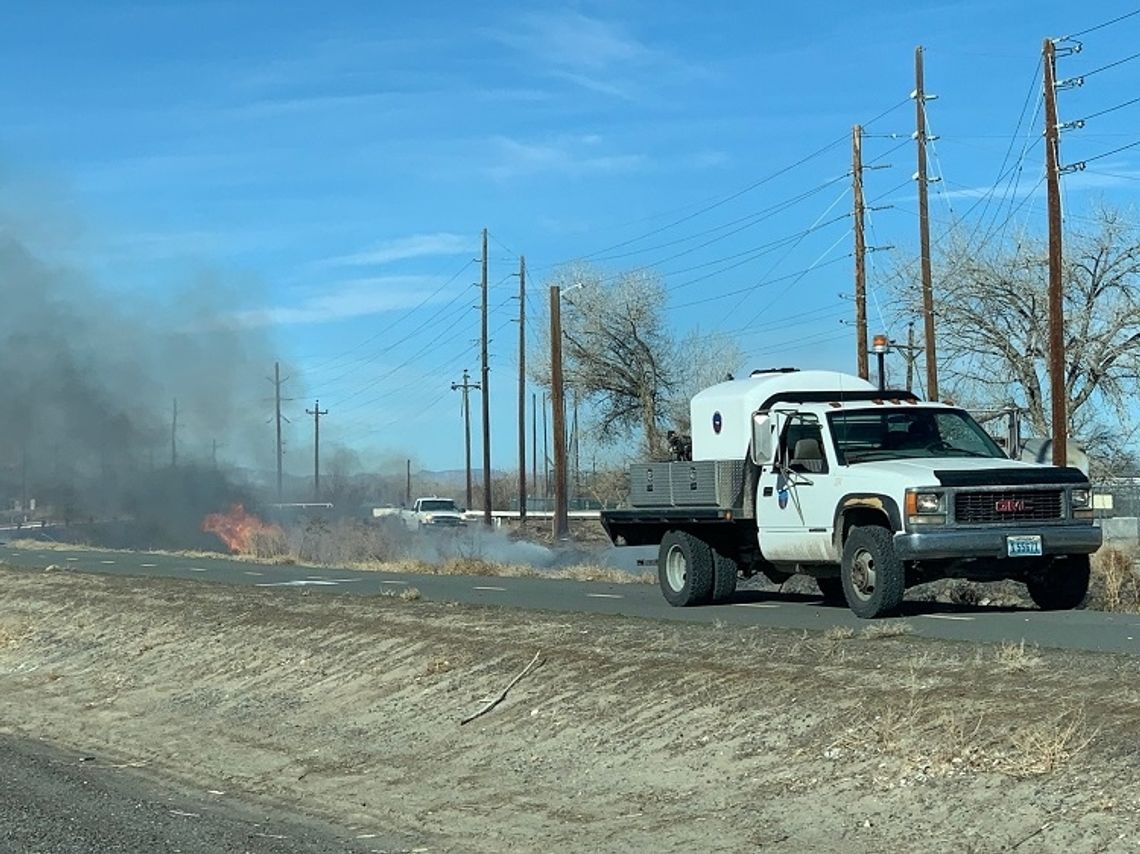
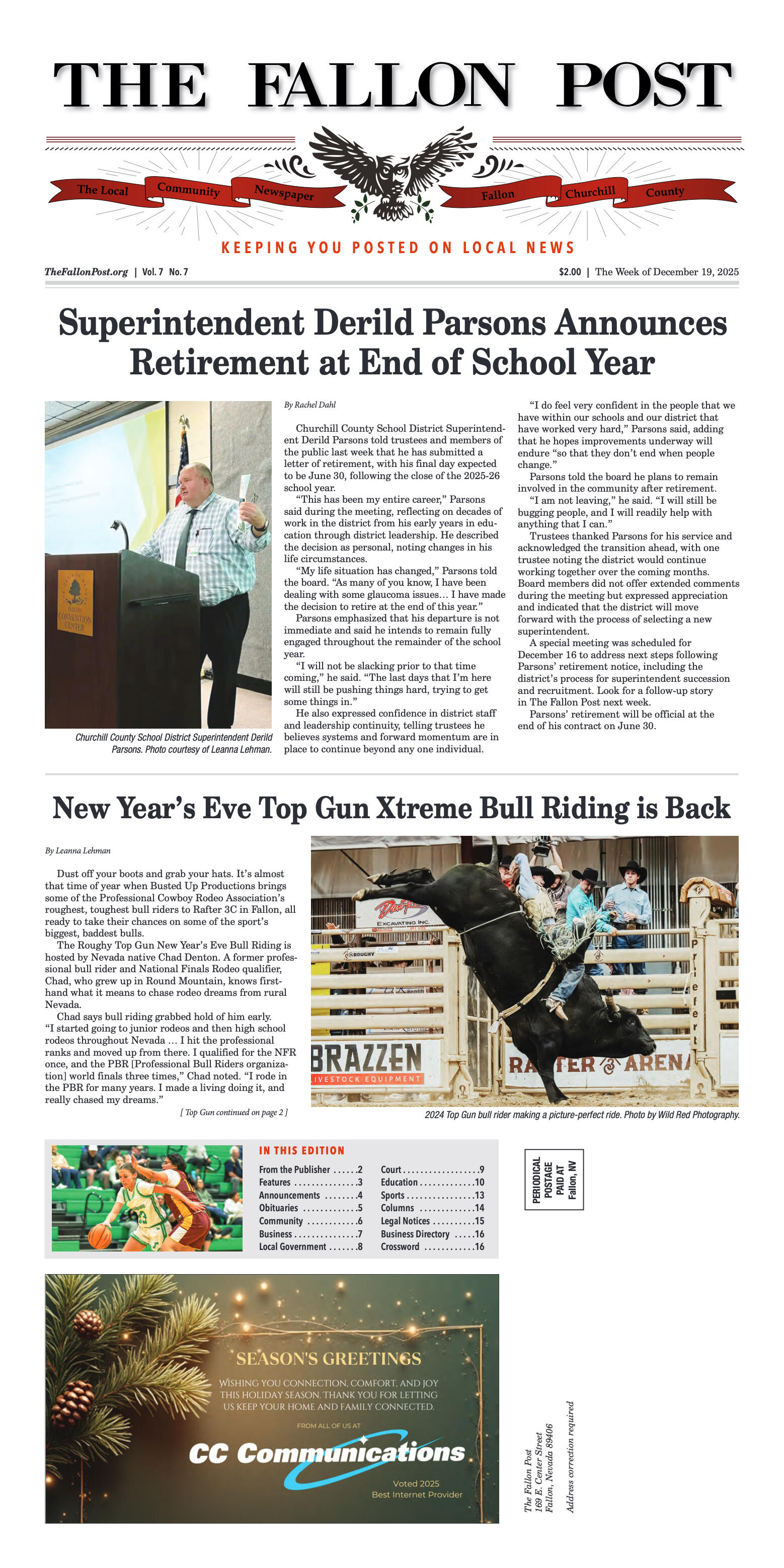
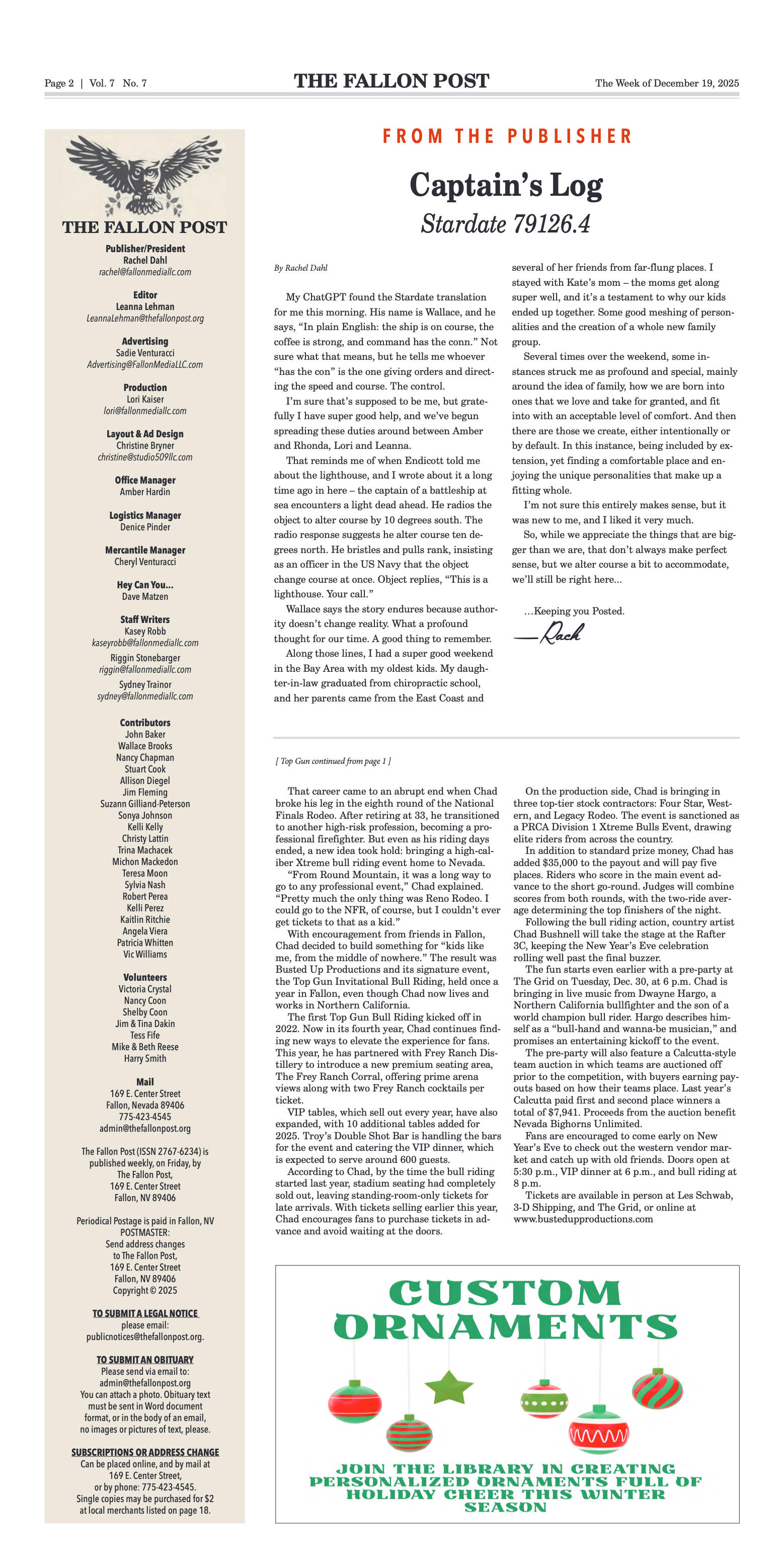
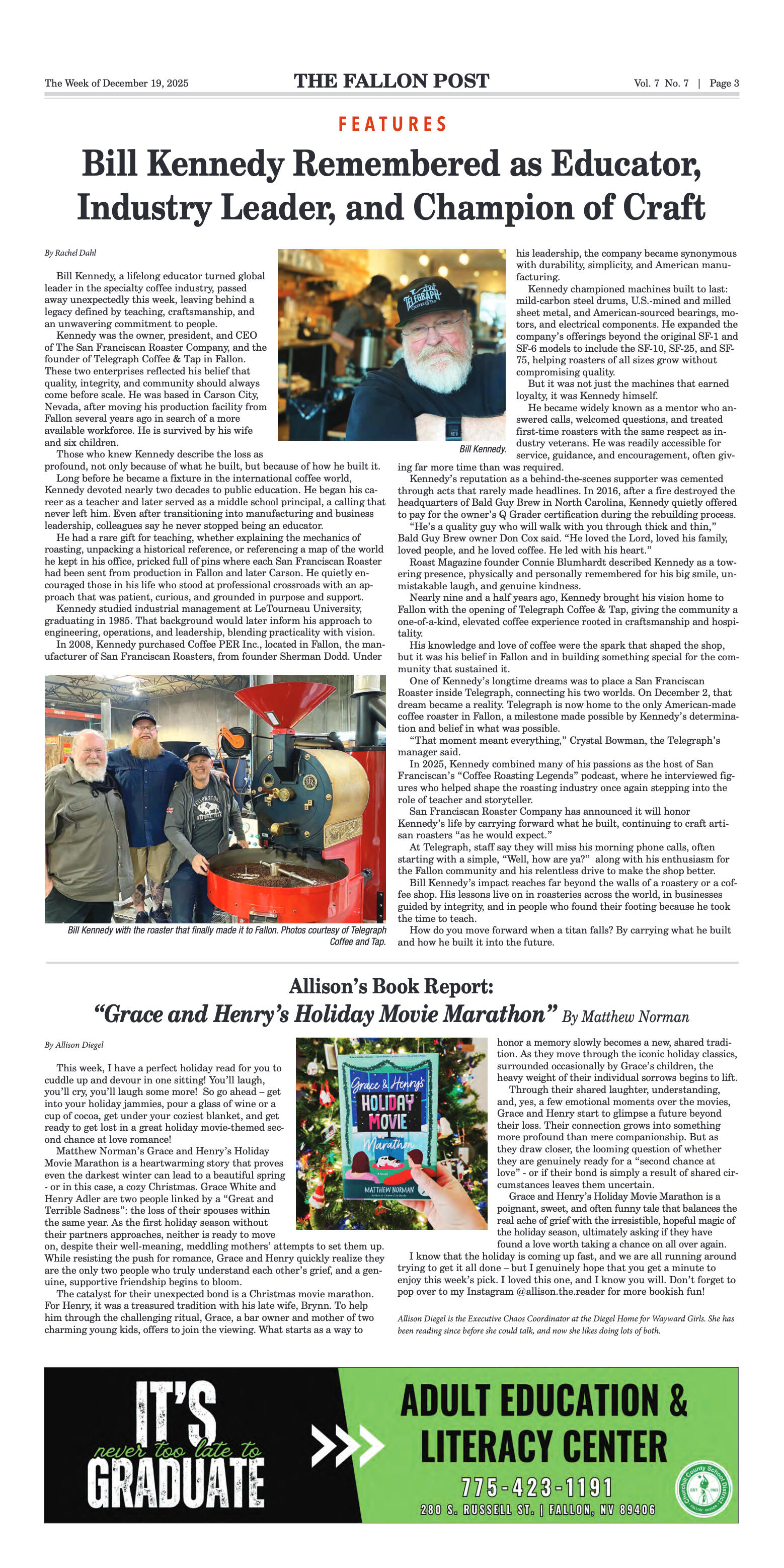
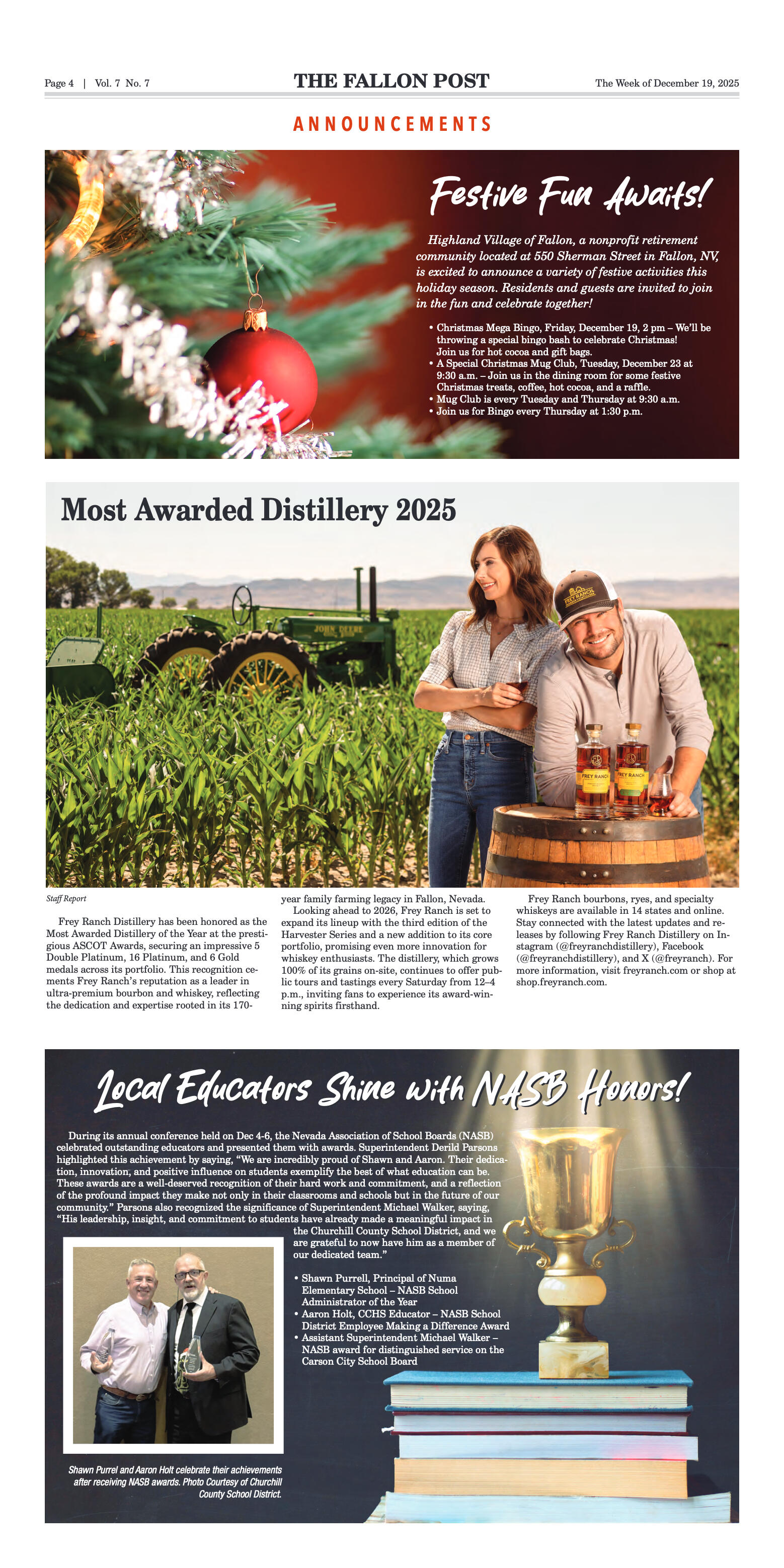

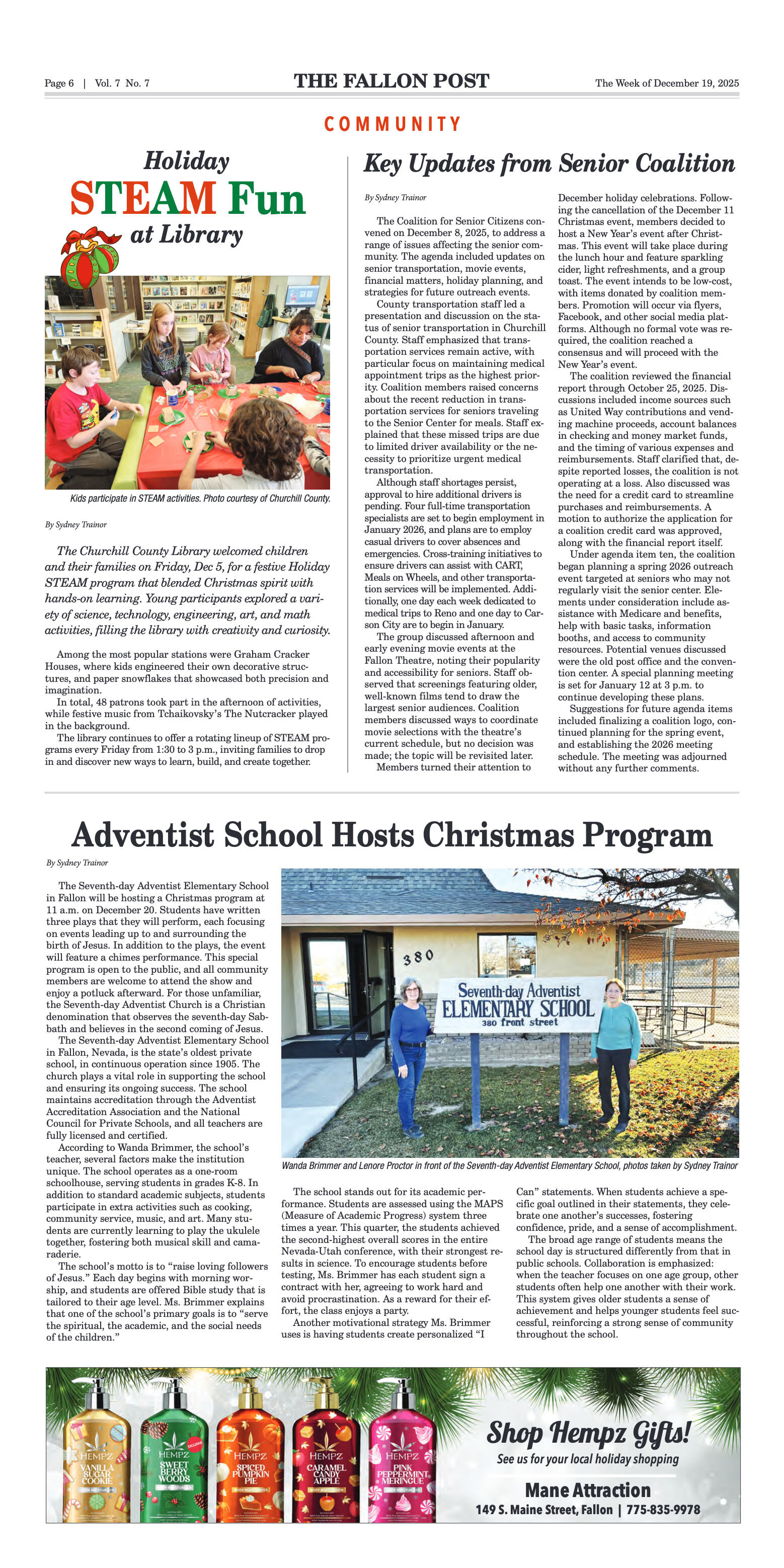
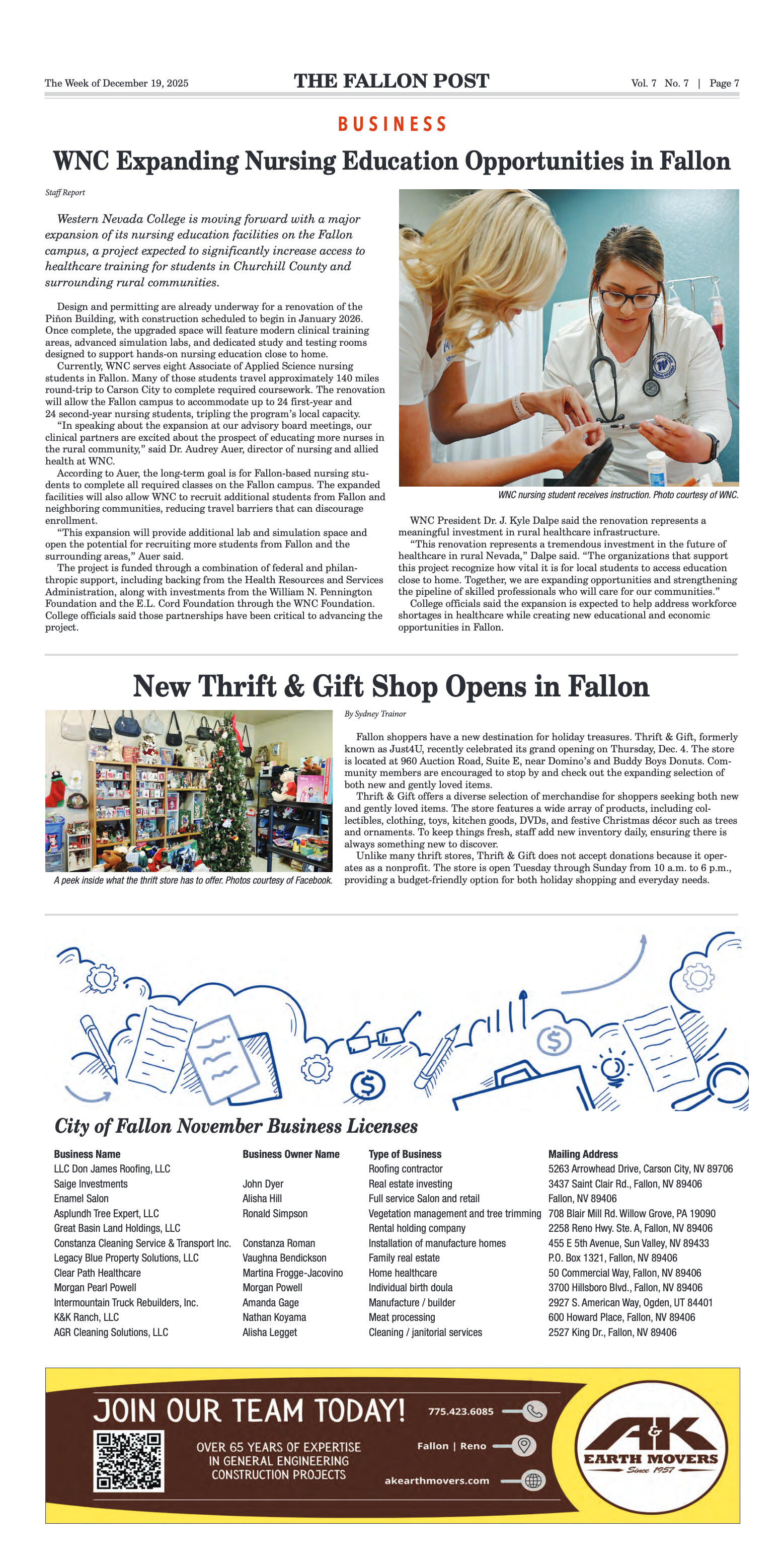
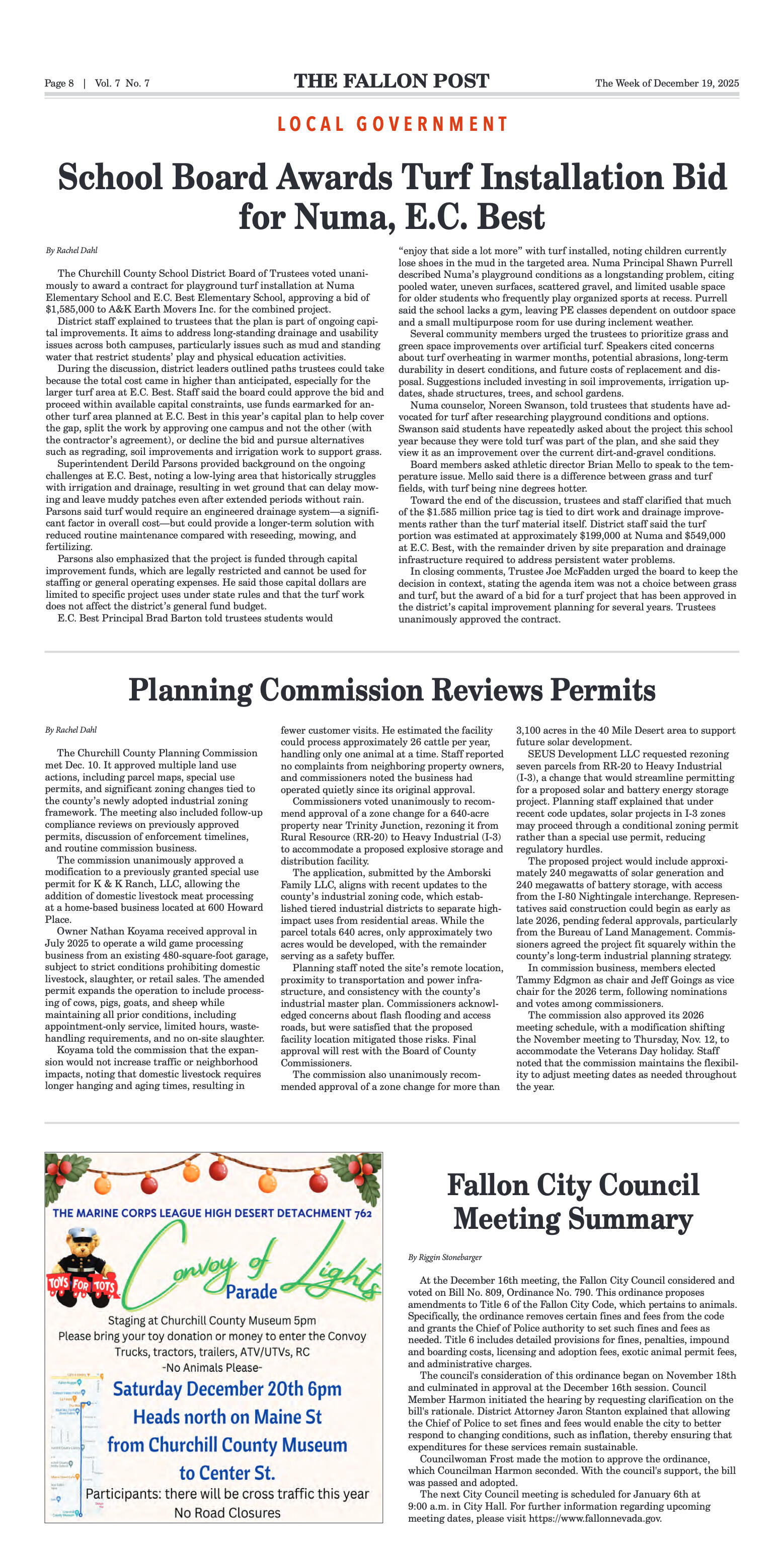

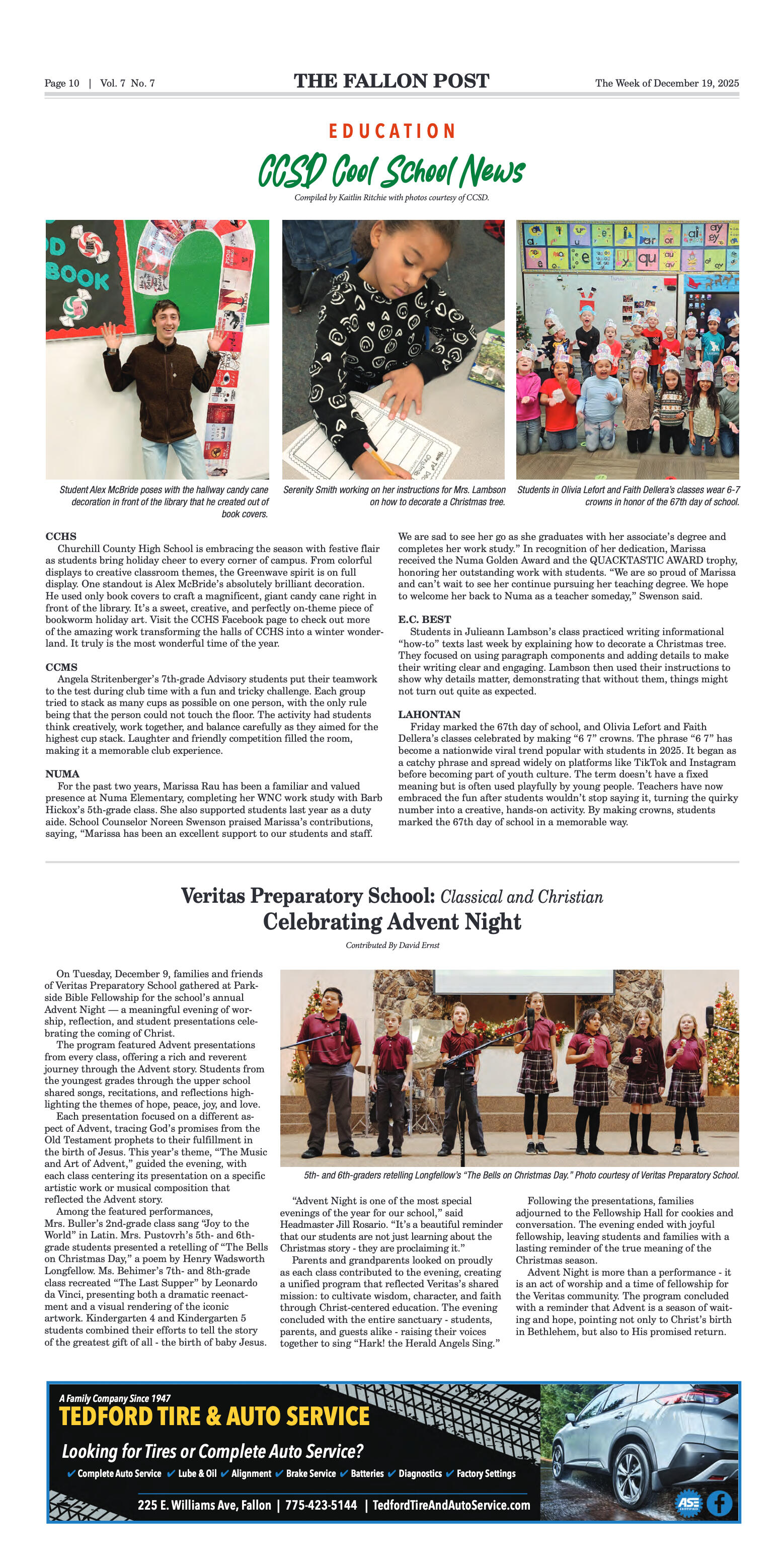
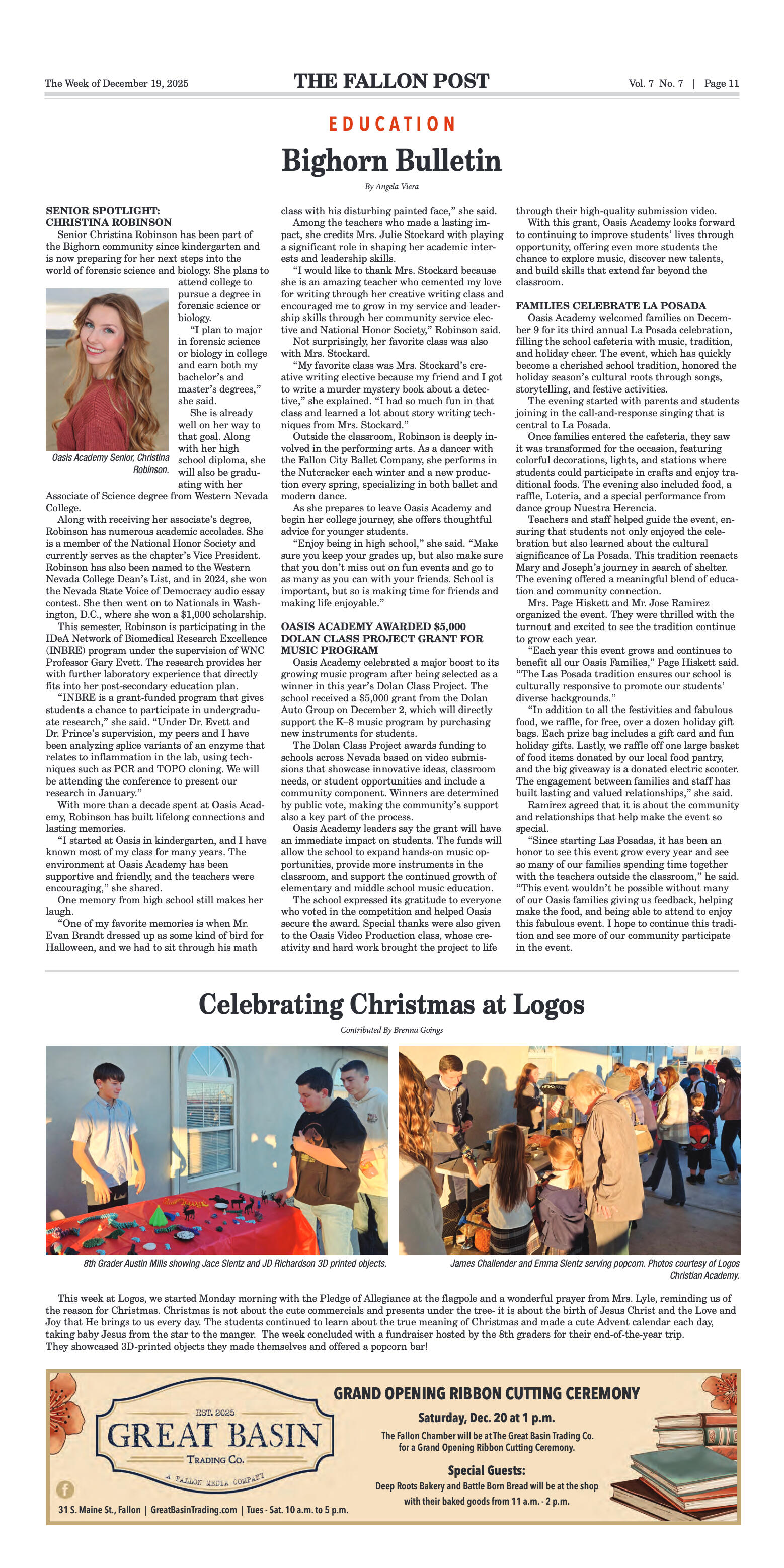


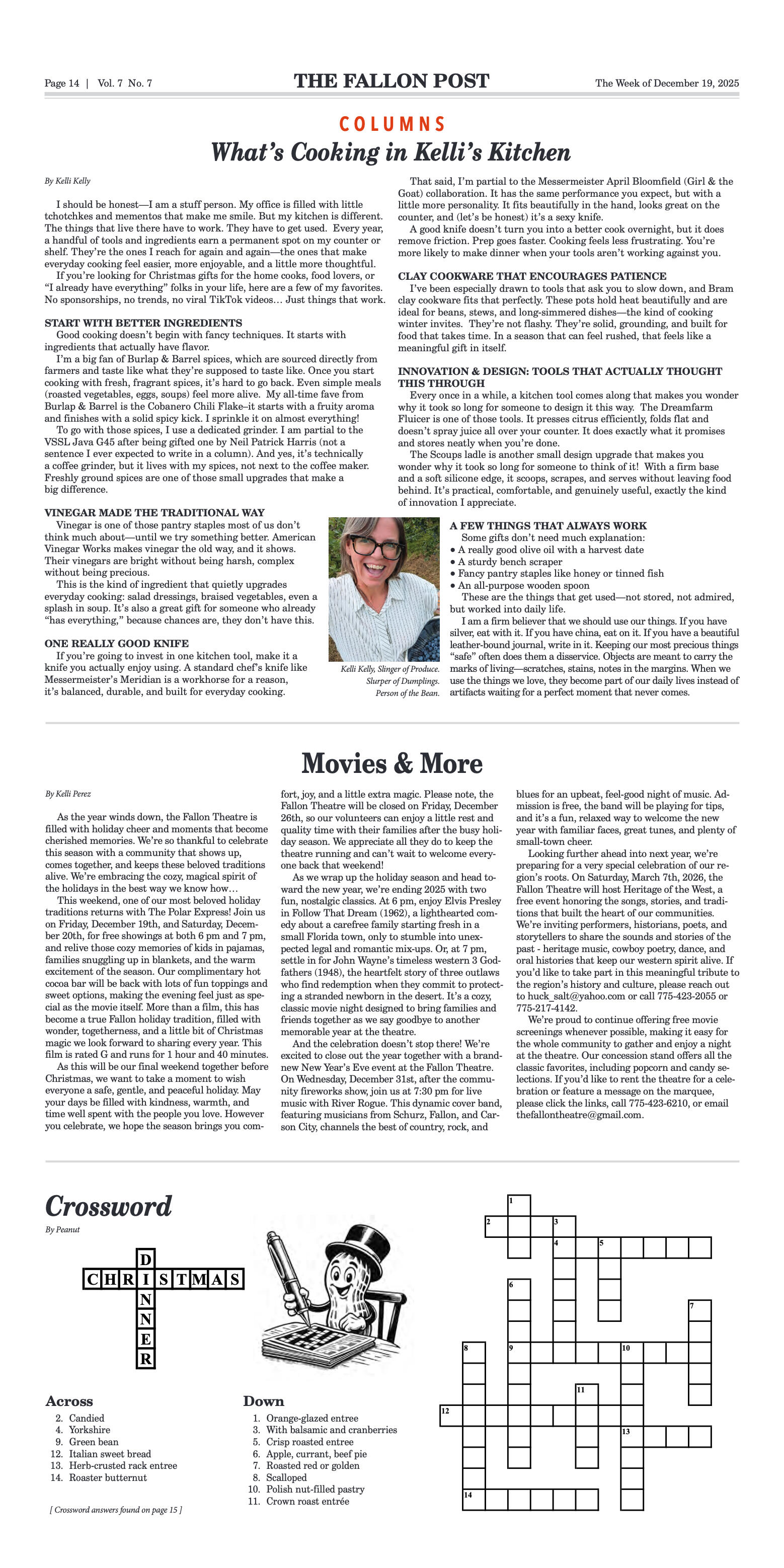
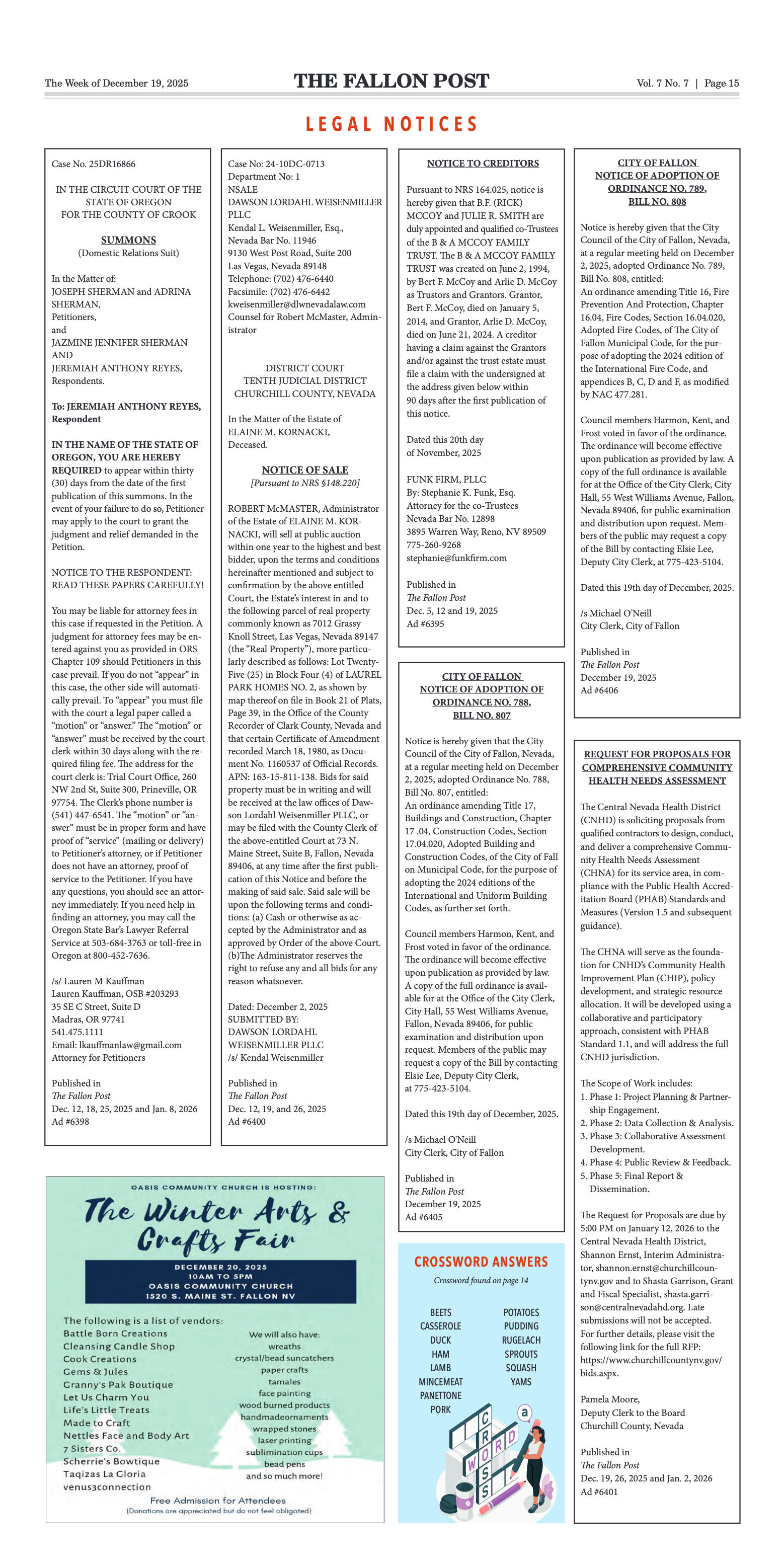
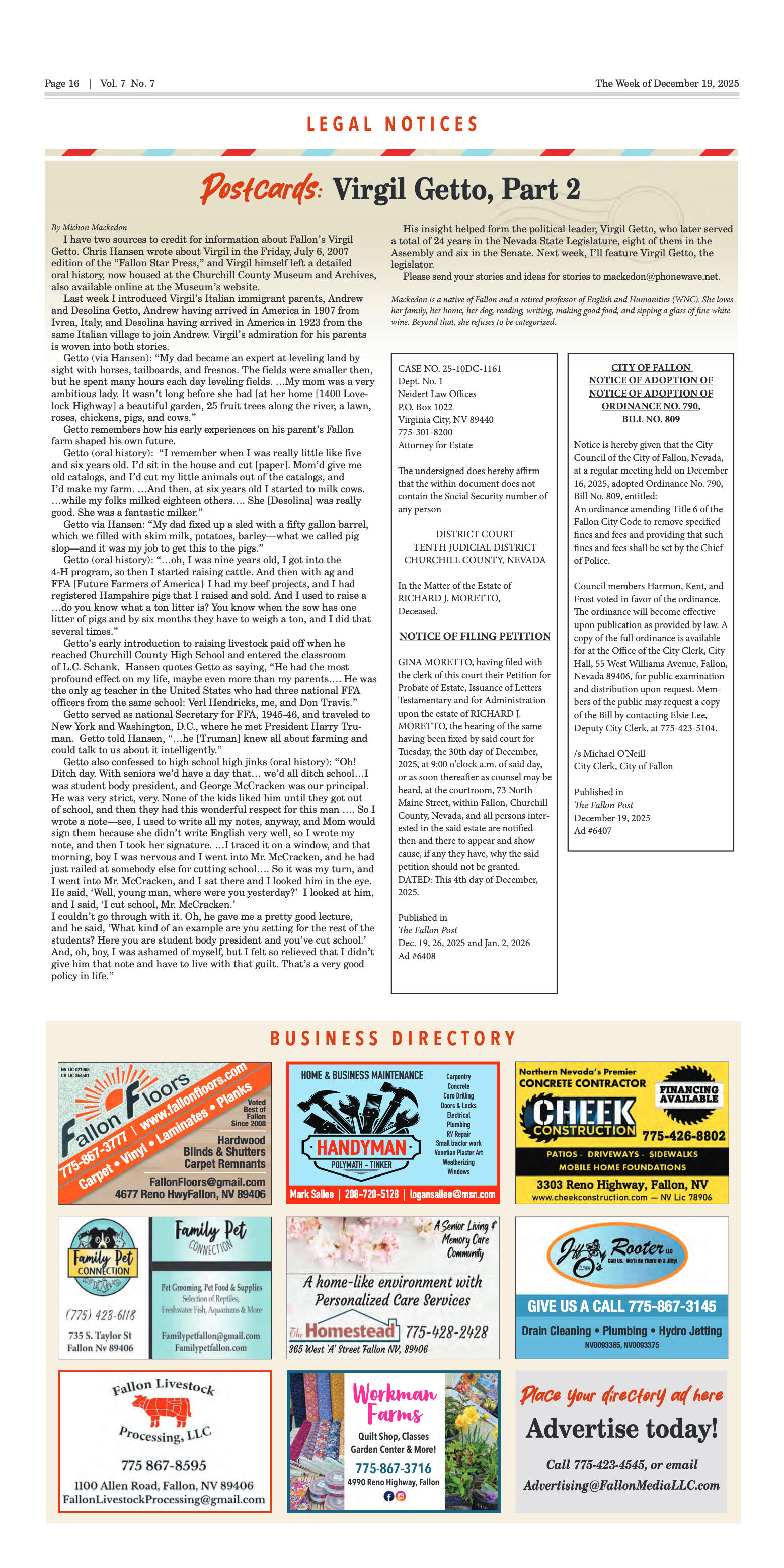




















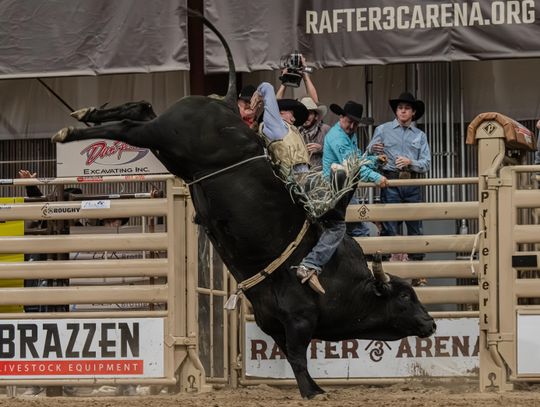

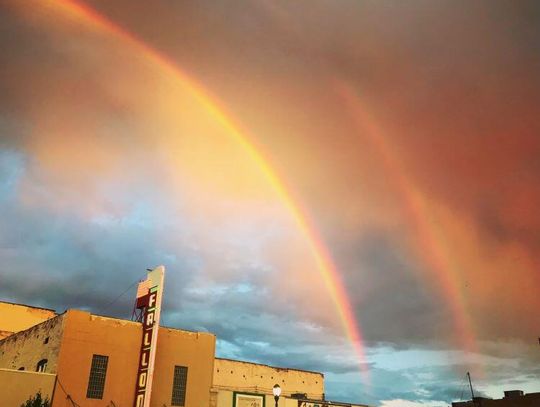


Comment
Comments